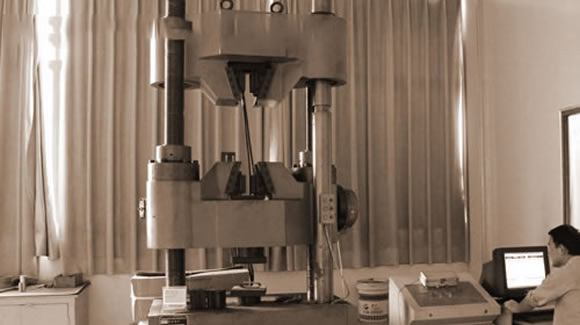ASTM A500 standard specification covers carbon steel, cold formed welded and seamless structural tube in both round and shaped forms.
round and shaped steel cold formed welded and seamless carbon steel structural pipe.
Standard:
ASTM A500 for Cold-Formed Welded and Seamless Carbon Steel Structural Tubing in Rounds and Shapes.
Main purpose:
· electricity
· petroleum
· chemical companies
· high temperature
· low temperature resistance
· corrosion-resistant piping systems.
Specifications:
· OD :10.3-820 mm
· wall thickness: 0.8 to 75 mm
· Length: 6m
In addition, based on customer requirements, which can supply other grades and specifications of steel pipe.
Processing: steel shall be in accordance with one or more of the processing: open-hearth, blowing oxygen, or electric furnace steelmaking, casting of different grades of steel in order, steel producers should determine the intermediate material using conventional procedures removed, a clear separation of a Level.
Manufacturing: produced by seamless or welded steel pipe, welded pipe by rolling made by resistance welding.
Structural design strength of the longitudinal direction of the pipe, the docking application tube is a method of determining the through its thickness to weld.
Grade | C | M | P | S | Cu |
Gr.A | 0.26 | 1.35 | 0.035 | 0.035 | 0.20 |
Gr.B | 0.30 | 1.40 | 0.045 | 0.045 | 0.18 |
Gr.C | 0.23 | 1.35 | 0.035 | 0.035 | 0.20 |
Gr.D | 0.27 | 1.40 | 0.045 | 0.045 | 0.18 |
Grade | Tensile Strength | Yield Strength | Elongation |
Gr.A | 310 | 230 | 25 |
Gr.B | 400 | 290 | 23 |
Gr.C | 425 | 315 | 21 |
Gr.D | 400 | 250 | 23 |

Mixture Requirements
According to ASTM rules, all tubing must have the chemical mixtures of carbon, manganese, phosphorus, sulfur and copper present. In addition, the steel produced must be done by open-hearth, basic-oxygen or electric-furnace melting methods. It is not enough to have the correct chemicals mixed in the tubing; materials must also undergo specific welding methods in order to be approved by ASTM A500.
Welding Procedures
In addition to the three aforementioned steel-producing methods, tubing must also be welded using flat-rolled steel. The flat-rolled steel should be formed into a tube using the electric-resistance welding process. Using the electric-resistance welding process will assist the material in passing the tension and flattening test that evaluates the sturdiness of the piece.
Shape
ASTM rules require that the longitudinal butt joint of the tubing be thickly welded in order to assure the secure structural design of the piece. ASTM will not approve tubing that has a weak joint because such weakness may pose a problem to the entire structure. Thousands of structures built with poor still joints would be in danger of collapsing if the ASTM did not uphold this regulation.
Inspection
Before the manufacturer is given permission to market products, all tubing must be inspected by an ASTM representative. The purpose of the inspection is to assure conformance to structure requirements; tubing that fails to pass inspection must either be corrected or discarded. In addition, the appearance of tubing must be professional and free from defects; it should not, for example. be severely burned or have bumps or blotches of steel in any one place.









Tel:
E-mai:
Skype: